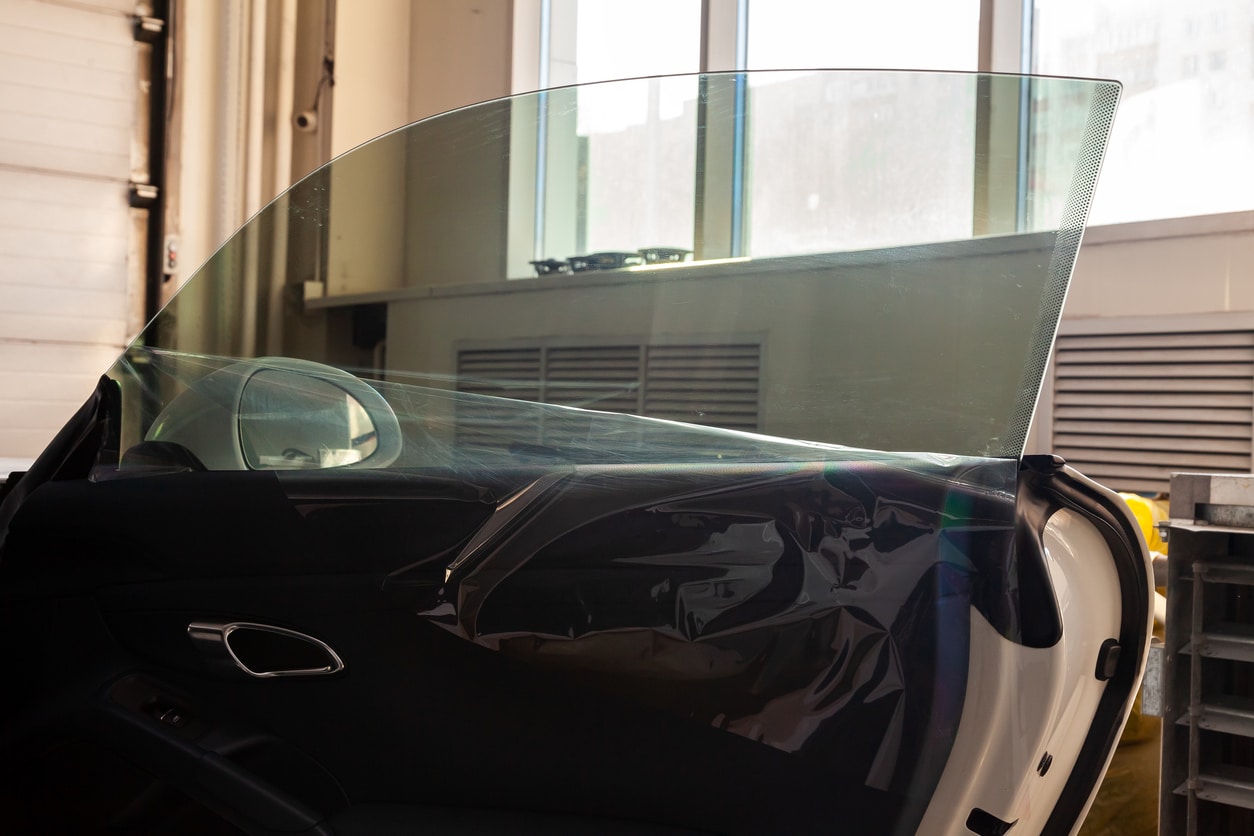
Image: ghostshieldfilm.com
The allure of tinted windows is undeniable. Not only do they enhance the aesthetics of your vehicle, but they also provide a range of practical benefits, including privacy, glare reduction, UV protection, and improved fuel efficiency. However, before you adorn your ride with these stylish shades, it’s essential to understand the cost implications. In this comprehensive guide, we’ll delve into the factors that influence the price of window tinting and provide you with an estimate of what you can expect to pay.
Factors Affecting the Cost of Window Tinting
1. Film Quality: The type of film used for tinting significantly impacts the price. Higher-quality films offer superior durability, clarity, and heat rejection capabilities, but they come at a premium.
2. Window Size: Larger windows require more film, increasing the overall cost. Vehicles with panoramic sunroofs or extended rear windows will typically incur higher tinting expenses.
3. Number of Windows: The more windows you want tinted, the higher the cost. Consider which windows are most important to tint (e.g., front windows for privacy or side windows for glare reduction) and focus on those.
4. Labor: The skill and experience of the installer play a role in the cost. Professional tinting requires precision and attention to detail, so it’s worth entrusting the job to a reputable installer.
5. Location: The cost of window tinting can vary depending on your geographic location. Factors such as labor rates and the availability of tinting services can influence the price.
Average Cost of Window Tinting
The average cost of tinting front windows in the United States ranges from $100 to $300 per vehicle. However, the actual price can vary depending on the factors discussed above. Here’s a breakdown of the typical cost ranges for different types of films:
– Economy Film: $100-$150
– Mid-Grade Film: $150-$250
– High-End Film: $250-$300
For larger vehicles or additional windows, the cost can increase significantly. For example, tinting all the windows on a full-size SUV with high-end film could cost upwards of $500.
Benefits of Window Tinting
While the cost of window tinting can vary, the benefits it provides are substantial:
1. Privacy: Tinted windows offer a sense of seclusion, preventing prying eyes from seeing inside your vehicle.
2. Glare Reduction: Tinting helps mitigate glare from the sun, improving visibility and driving safety.
3. UV Protection: Window tint blocks harmful UV rays, protecting occupants from sun damage and reducing the likelihood of skin cancer.
4. Heat Reduction: Tinted windows help keep the interior of your vehicle cooler by reducing the amount of heat that enters through the glass. This can improve comfort and reduce air conditioning costs.

Image: www.prowindowtinting.ca
How Much Does It Cost To Tint Front Windows
Conclusion
The cost of tinting front windows is influenced by several factors, including film quality, vehicle size, and installer experience. While higher-quality films and larger vehicles tend to incur higher costs, the benefits of window tinting, such as enhanced privacy, glare reduction, and UV protection, can justify the investment. By carefully considering the factors outlined in this guide, you can make an informed decision and enjoy the advantages of tinted windows while staying within your budget.